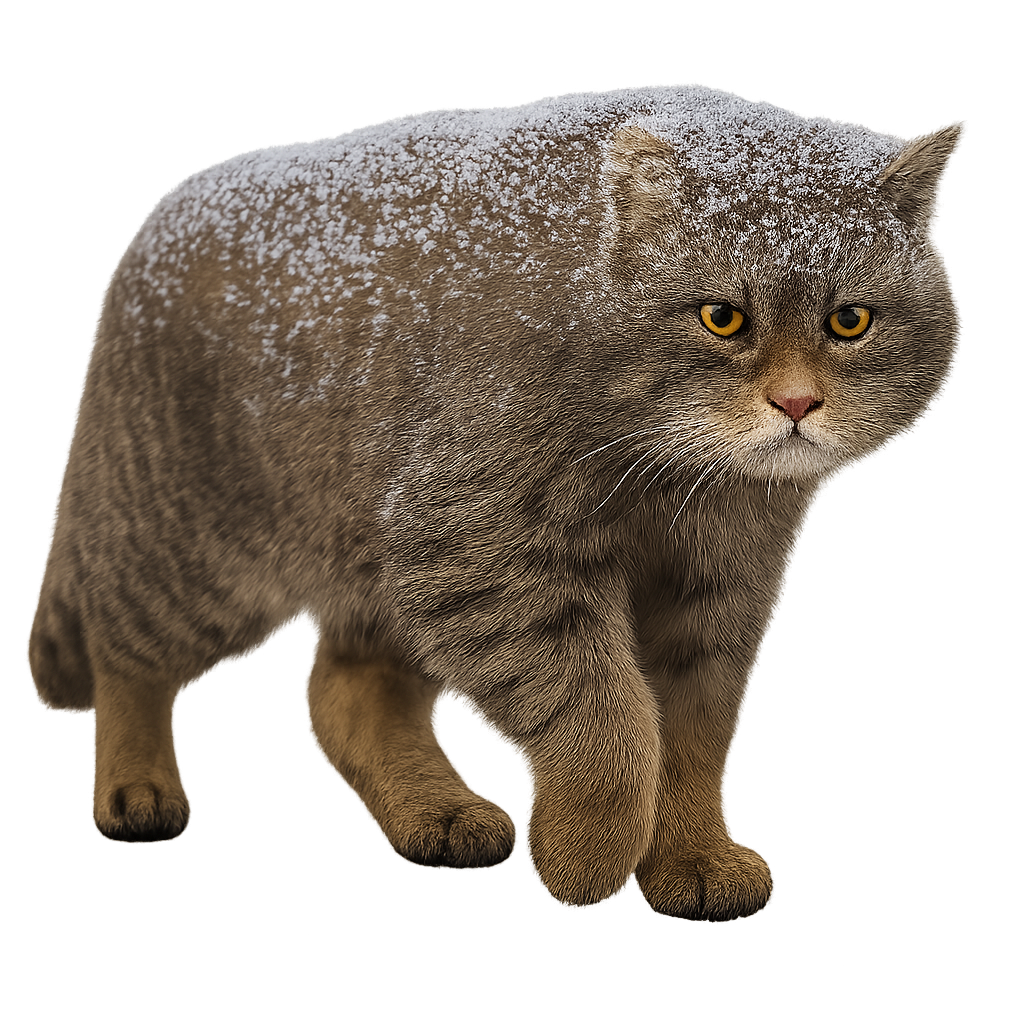Your wildlife photography guide.
Explore the scottish wildcat in detail, study its behavior, prepare your shots.
Where to observe and photograph the scottish wildcat in the wild
Learn where and when to spot the scottish wildcat in the wild, how to identify the species based on distinctive features, and what natural environments it inhabits. The WildlifePhotographer app offers tailored photography tips that reflect the scottish wildcat’s behavior, helping you capture better wildlife images. Explore the full species profile for key information including description, habitat, active periods, and approach techniques.
Scottish wildcat
Scientific name: Felis silvestris grampia

IUCN Status: Endangered
Family: FELIDAE
Group: Mammals
Sensitivity to human approach: Suspicious
Minimum approach distance: 50 m
Rut period: February to March
Gestation: 63-68 jours
Births: April to May
Habitat:
Forests, mountains, and woodlands of the UK, mainly in Scotland, where they inhabit temperate forests and rocky habitats
Activity period :
Mainly active at night, generally discreet during the day.
Identification and description:
The Scottish Wildcat is a rare and endemic subspecies of the European Wildcat, primarily found in the mountains and forests of Scotland. It is recognizable by its dense, thick coat, which ranges from gray-brown to brown with characteristic dark markings on the head, legs, and tail. Smaller and stockier than the domestic cat, the Scottish Wildcat has slightly rounded ears and a sharp gaze, allowing it to blend perfectly into its wooded and hilly environment.
This cat is a discreet and solitary hunter, primarily active at night, feeding on small mammals, birds, and occasionally insects. It is also an excellent climber and can often be seen in trees or rocky areas. The Scottish Wildcat is considered an endangered species due to habitat loss, hybridization with domestic cats, and poaching. Conservation programs are in place to protect this unique subspecies and preserve its habitats.
Recommended lens:
400 mm – adjust based on distance, desired framing (portrait or habitat), and approach conditions.
Photography tips:
Use a telephoto lens to photograph the mountain wildcat, particularly when it is hunting or moving through the forest. The soft light of the morning or evening is ideal to avoid harsh shadows while capturing the details of its fur. Be discreet and respect their space, as these animals are very wary and can be disturbed by close proximity.
The WildlifePhotographer App is coming soon!
Be the first to explore the best nature spots, track rutting seasons, log your observations, and observe more wildlife.
Already 1 430 wildlife lovers subscribed worldwide

